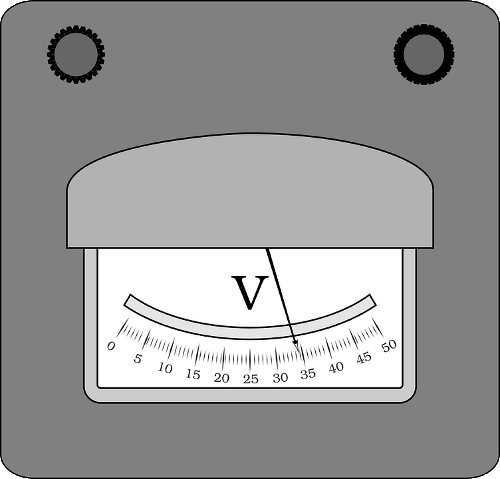Solar Panels and solar power
The humble solar panel is a simple energy technology that harvests energy from the sun and turns it into useful electricity. This solar power is then poured into our homes, businesses and national grids that support the country. In the UK, solar technology has created a sizeable industry – more than 900,000 buildings now host solar panels.
Solar power is created by a variety of different bits of technology that work together to provide useful energy, from the solar panels that generate the power in the first place, the solar inverters that help make it useable, the cabling that holds it all together and the meters that record what’s going on.
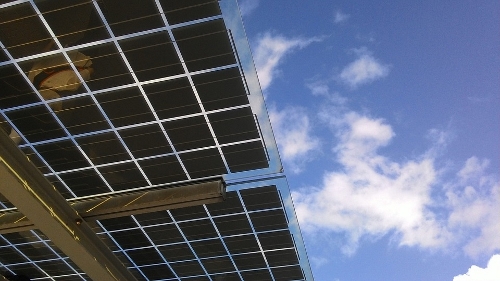

Solar panels
The heart of the system is its solar panels. These are laid out – usually on a roof or on the ground – pointing either east, west or southwards. The optimum angle of solar panels depends on the where they are on the globe. At the equator, for example, the optimum solar panel angle is about 60 degrees. In the UK its 37 degrees, taking advantage of the fact that the sun sits lower in the sky in the higher part of the hemispheres.
Solar Farms – ground mounted solar systems
Having said that, regulations often mean that panels are situated with whatever roof can hold them. Most solar panel systems, therefore, sit flush with the roof that’s hosting them.
Solar farms do not have this disadvantage. Solar farms are generally a bunch of solar panels arranged in a field, mounted on the ground with a framing system that points them towards the sun.
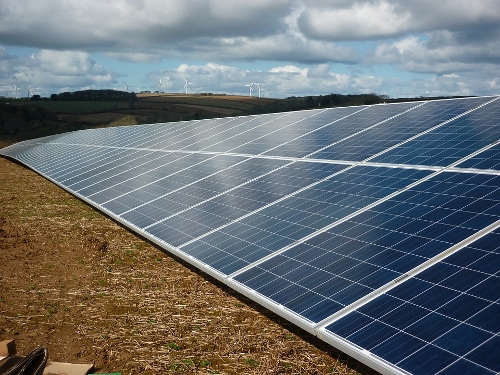
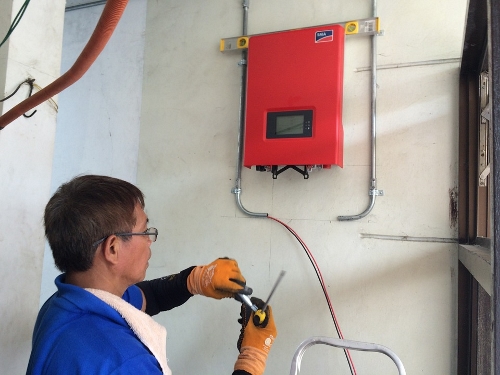
Solar inverters
Once the solar panels are aligned, the need to be connected to the national grid. Since grid electricity is very different to solar electricity, a piece of kit sits in between them: the solar inverter. Solar inverters change solar power into grid power. They do this by switching solar electricity – direct current – into its grid equivalent – alternating current. Solar inverters mediate the ever-changing output of the solar panels – based on energy from the sun – to the predictable, reliable electricity that we know comes out of the socket.
Grid Connection
It’s one thing to put in an inverter. But the grid company needs to be assured that there’s nothing that’s going to blow up their network once the panels are connected. The grid connection system, therefore (in the UK it’s called the G59 systems), mediates between the inverters and the grid. This is a highly regulated bit of the system, one that means the grid can be confident that nothing is going to go wrong.
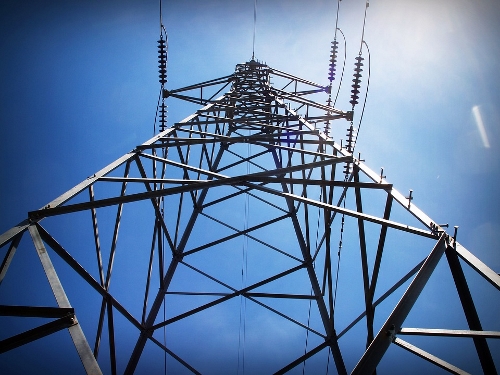
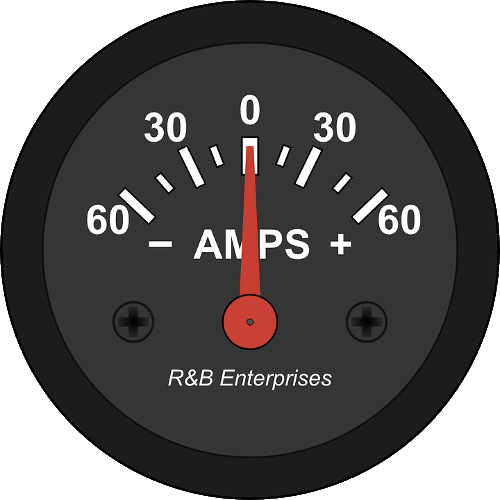
Generation meter
The Grid is not the only entity concerned about what’s going on with the solar system. The system owner is also interested in how much energy it’s producing. They work out what’s going on via a generation meter, which is also the basis on which many subsidies are paid. Generation meters also have some sort of internet or mobile phone connection so they can be monitored remotely.
Export meter
In addition, the owner needs to know how much energy is being consumed on site, and how much is being provided to the electricity provider. They do this via an export meter which measure electricity going into the grid. If it’s not going into the grid then it’s assumed that it’s being consumed on site – this forms the basis on which on-site billing is produced.
Cabling
As well as the generation and inverting capacity of the system, the whole lot needs to be connected together. This is done by cables. Although cabling seems a simple part of the system in reality its an area where many things can go wrong. Because connecting cables is a cheap labour job, it’s often where problems are found.
Cable connectors are a typical example. MC4s are a clip that holds cables together. There are various ways to put MC4s together, a cheap one being with pliers. However, if the connection is not done properly it can result in connections degrading, meaning an impact on other parts of the system. Cable problems are an major part of maintenance issues once the system reaches a certain age.
